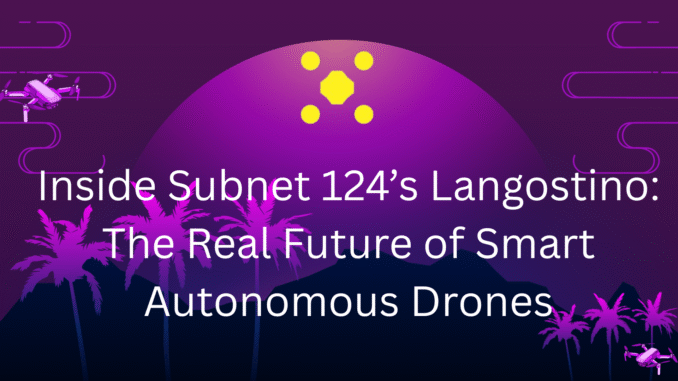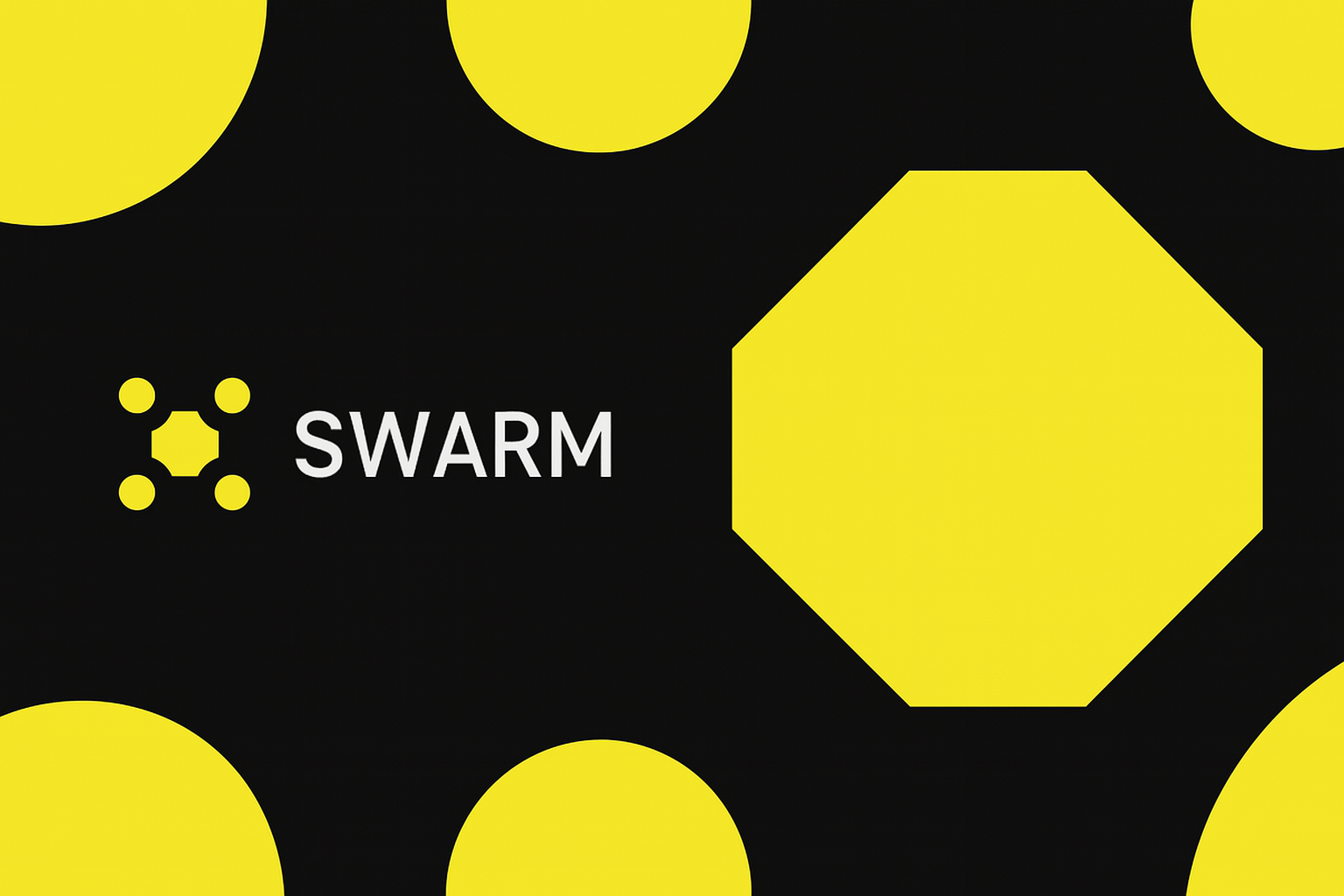
Autonomous drones are no longer just a cool weekend project. They are a doorway into a new era where machines think on their own and do it openly, without being controlled by a single company.
Langostino is the first real proof from the Swarm, built on Bittensor’s Subnet 124, that this future is already taking shape.
It can sense the world, make decisions right on flight, and act without waiting for a central brain. The intelligence guiding it is trained by Swarm, refined constantly, and run on open hardware that anyone can inspect and build.
Why ROS2 Matters Here
Langostino uses ROS2, which is like the operating system of modern robotics. Think of it as a way to give every part of the drone a voice. One piece (the sensor) reads distance sensors. Another (the model) thinks. Another controls (the flight controller) the motors. Everything talks to each other smoothly.
ROS2 also gives powerful tools and tested libraries. So instead of hacking together experimental scripts, Langostino get a clean and upgrade ready structure. This is how hobby ideas grow into reliable autonomous systems.
The Brain Inside the Drone
Langostino runs through a series of small programs (nodes) that work like a tiny digital team. Each node has a job:
a. One reads LiDAR sensors
b. One cleans and formats that data
c. One acts as the AI pilot and decides movement
d. One translates decisions into motor commands
e. One talks to the flight controller
f. One watches for failure and takes action if anything breaks
Every piece is isolated and swappable. If a better model arrives, it can replace the old one without breaking the system. This is how open hardware evolves at network speed.
How the Langostino Thinks in Motion
The loop is simple and constant:
a. It senses the world
b. It understands what those signals mean
c. It decides how to move
d. It sends movement commands to the motors
e. Then it flies
If anything in this chain fails, a safety layer steps in. The system defaults to caution because real world robotics demands responsibility.
The drone treats its takeoff point as its zero point. This makes navigation simpler and gives the AI a consistent way to understand space.
Challenges That Shaped the Prototype
Every real world system learns through friction. Each solution moved Langostino closer to being a reliable autonomous explorer:
a. Setting up correct communication on the Raspberry Pi
b. Designing mounts so sensors could see cleanly
c. Flashing the flight controller with firmware built for autonomy
d. Creating a stable outdoor debugging setup
e. Adding emergency behavior when AI goes silent
Why This Matters
Langostino is not just a drone. It is the beginning of a world where physical intelligence grows in the open. Where autonomous machines learn from real environments. Where hardware and AI evolve together, guided by a decentralized network rather than a private corporation.




Be the first to comment